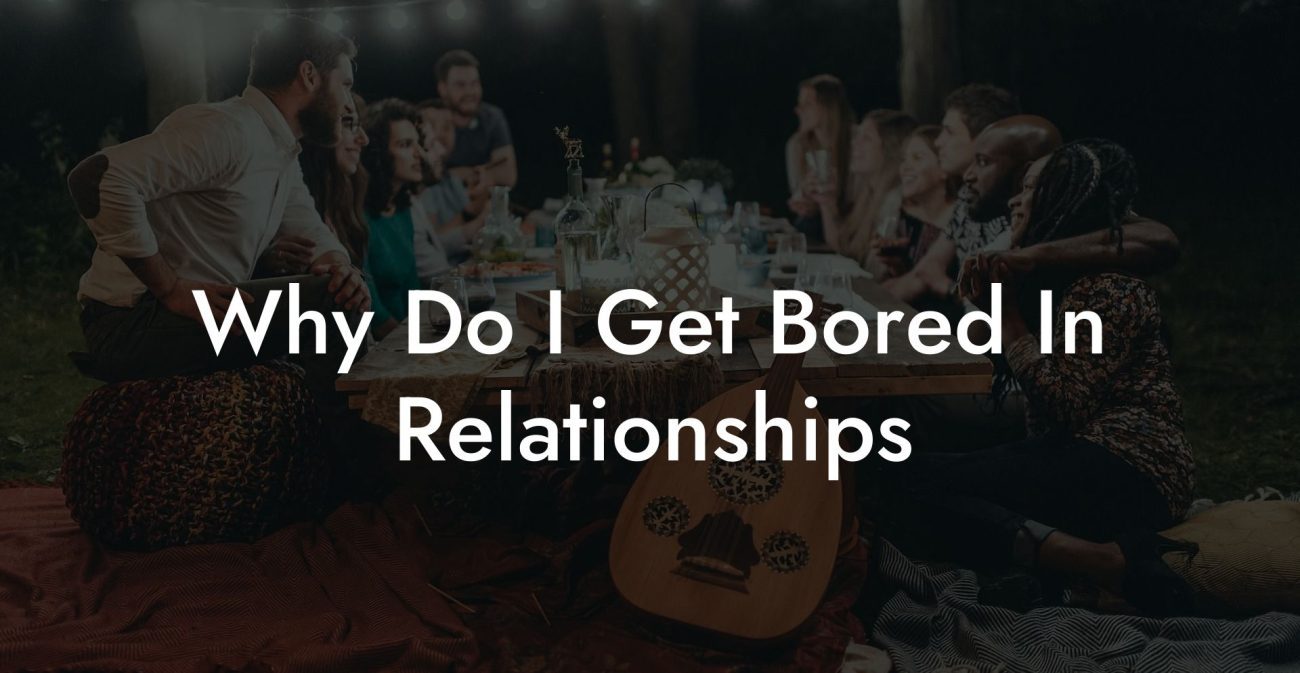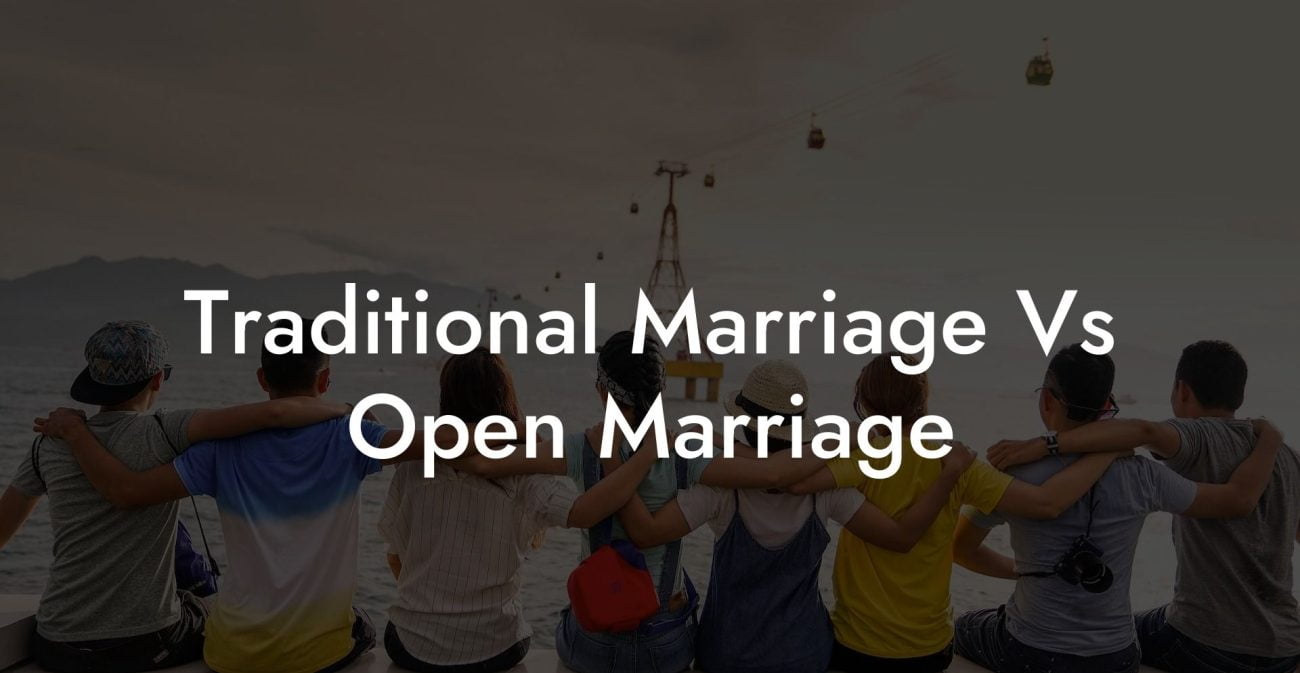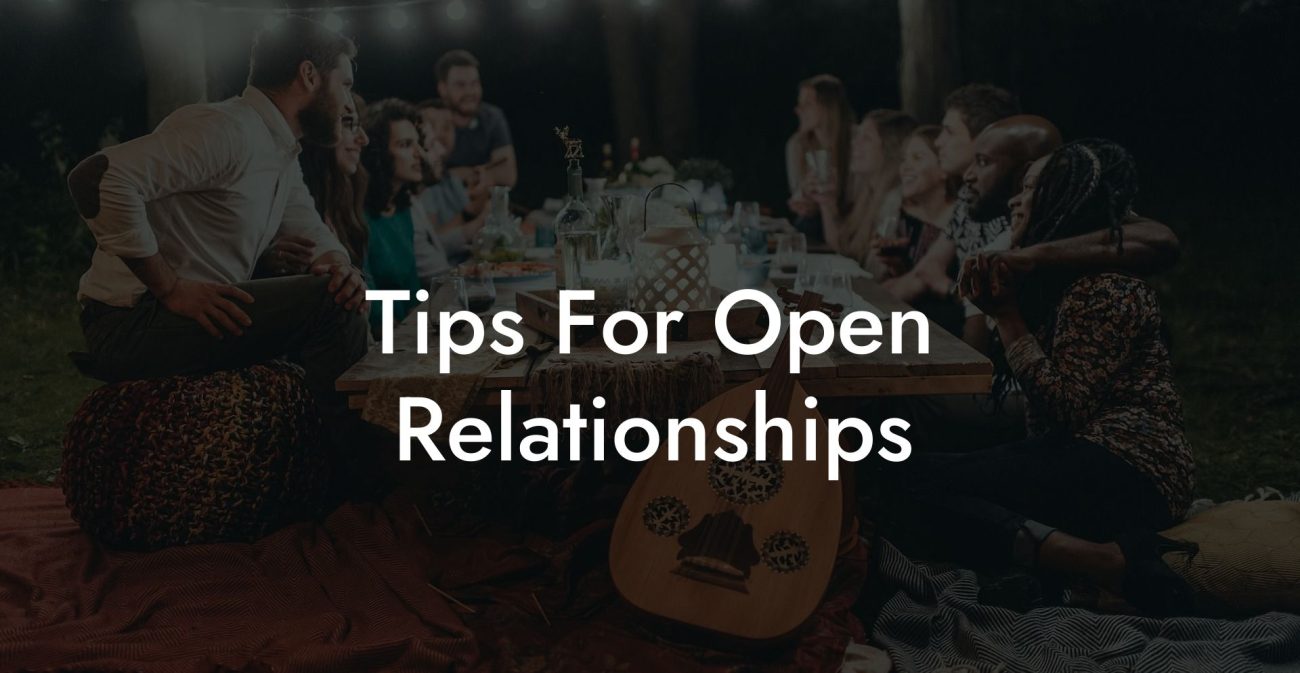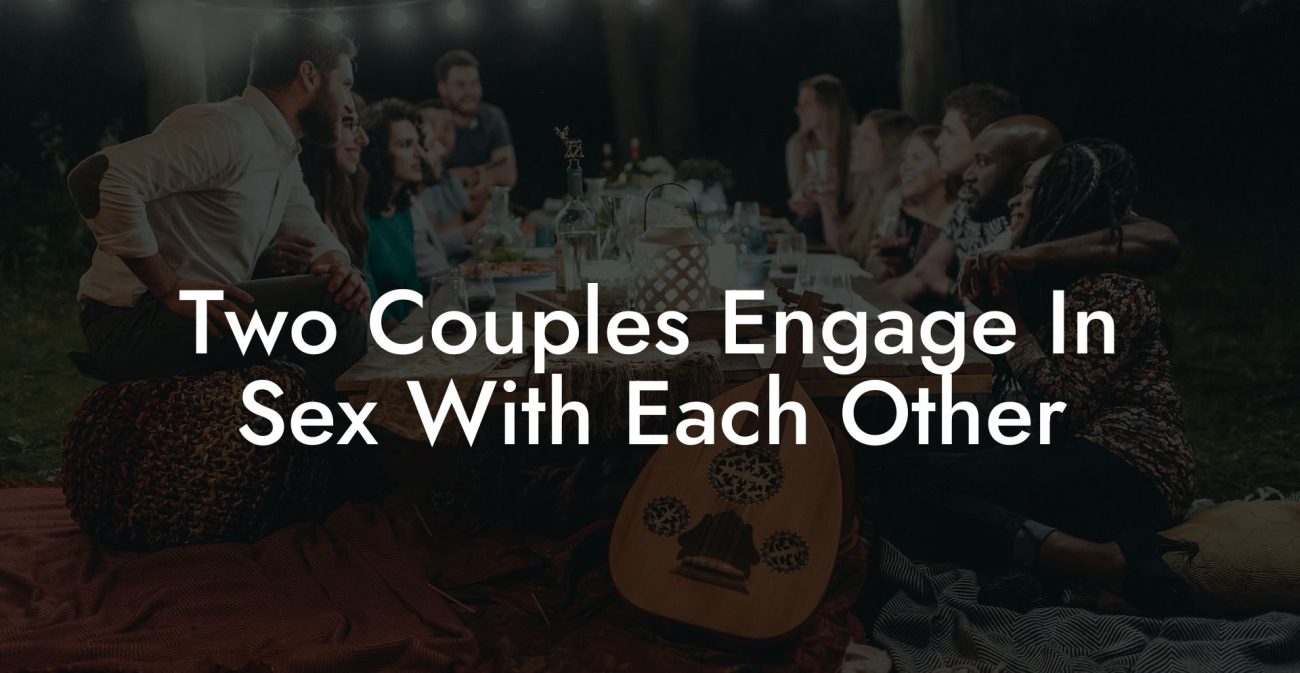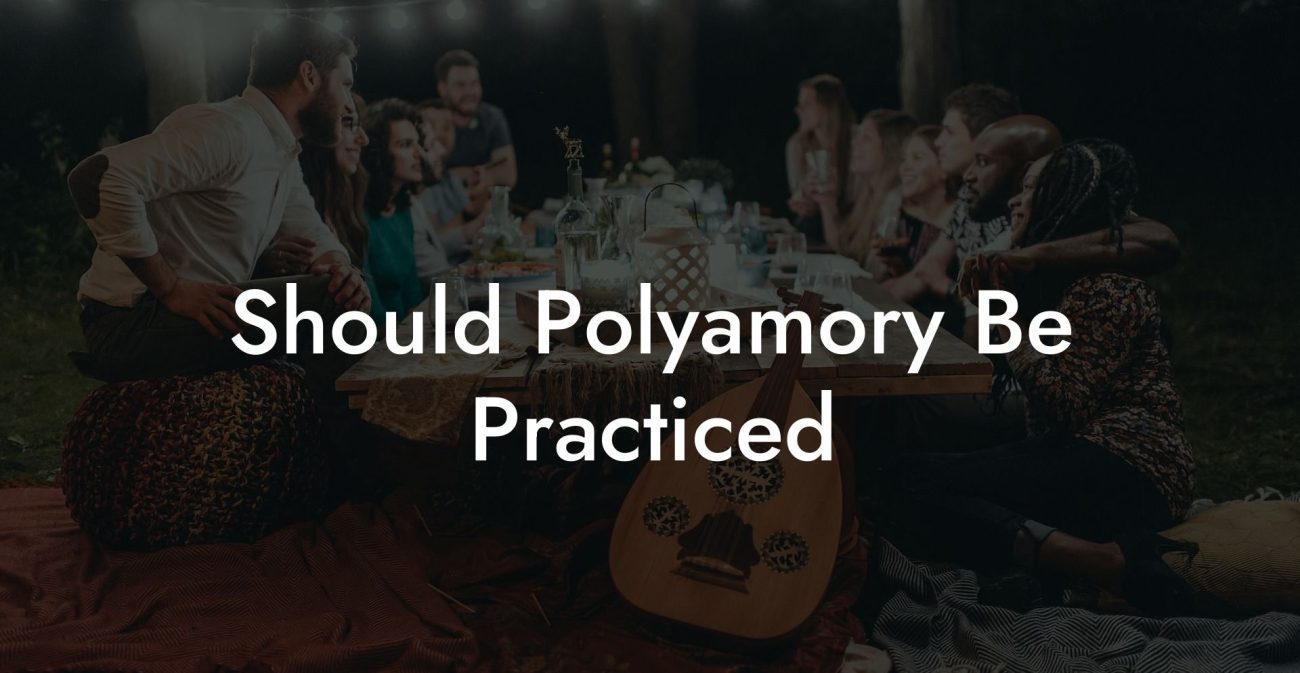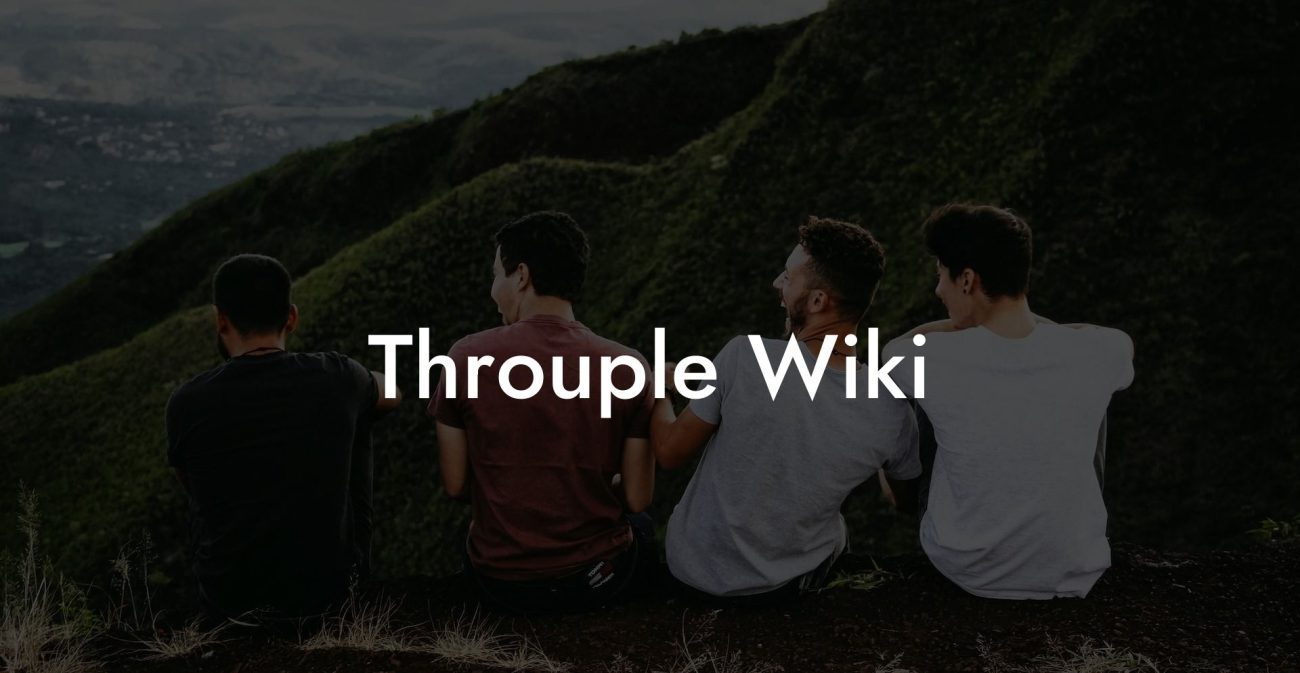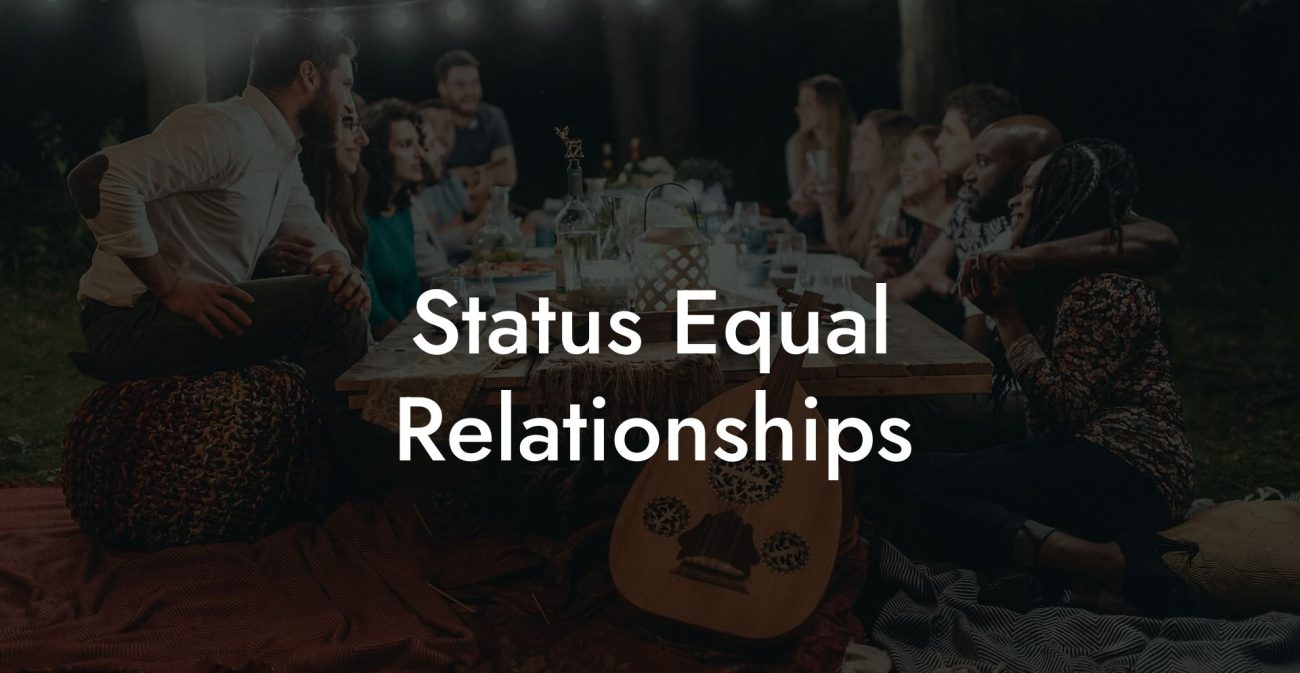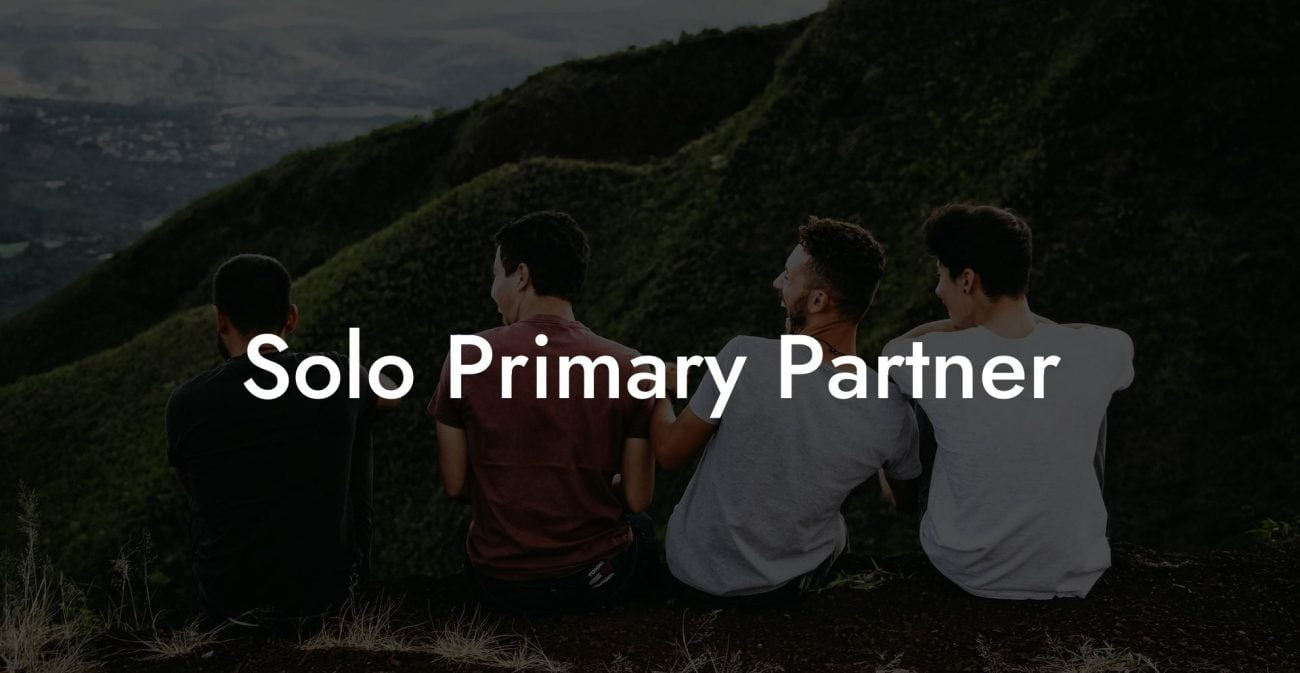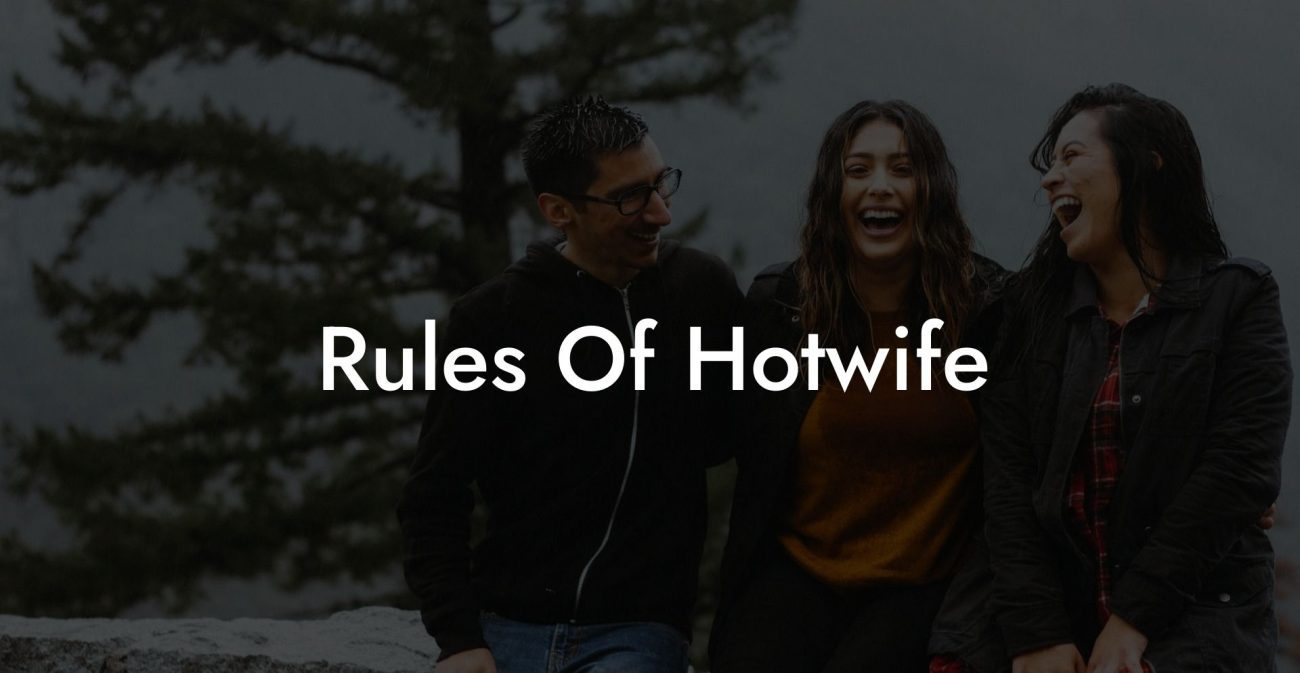Partnered vs Dating: Key Differences
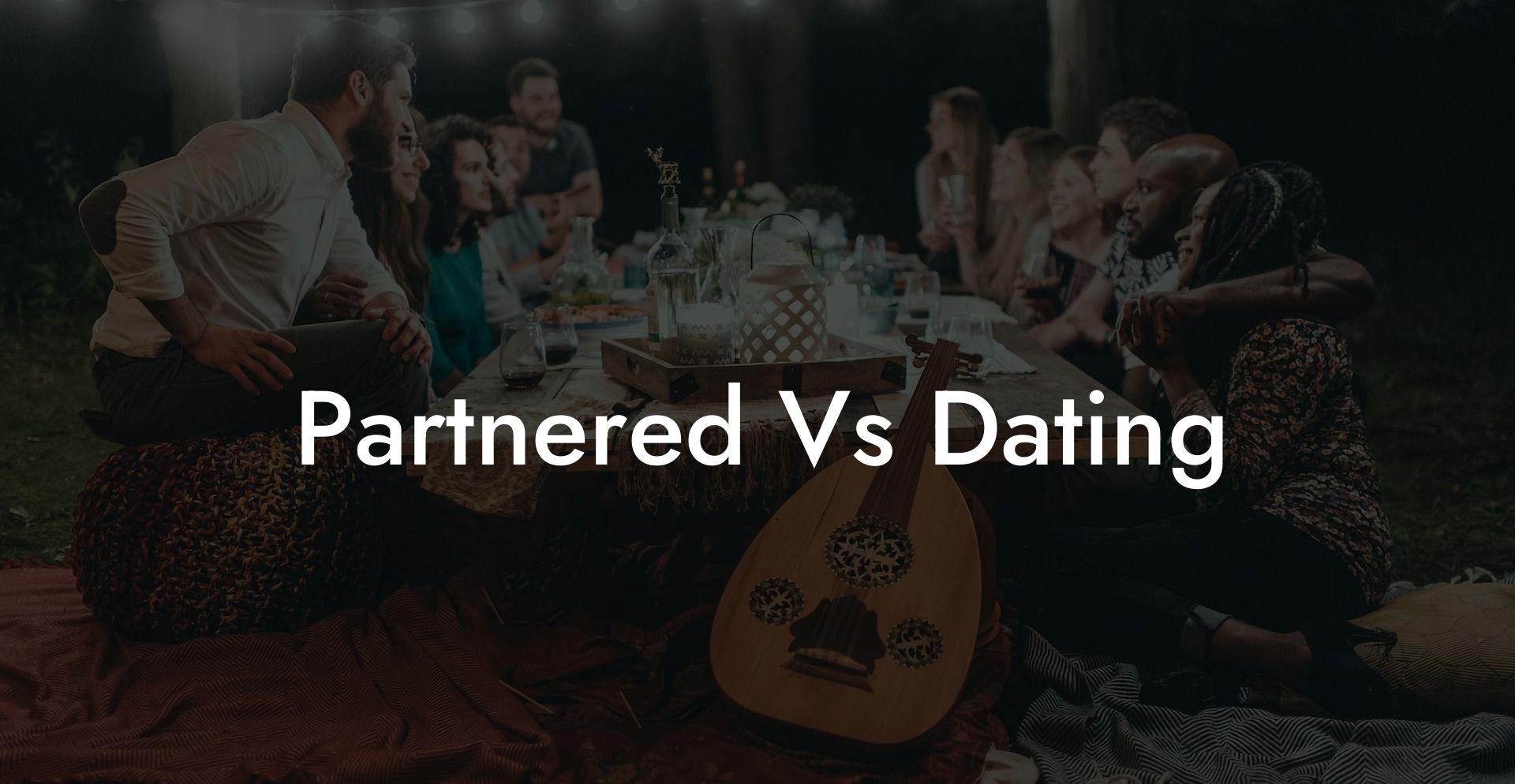
In today’s ever-changing world of relationships, individuals navigate a spectrum of connection models, from committed partnerships to the early stages of dating. While both partnered relationships and dating share common elements of romance and connection, they differ significantly in terms of commitment, communication, expectations, and lifestyle. This guide delves deep into these differences, offering detailed insights into each model and providing practical strategies to help you determine which approach may best align with your personal values and relationship goals.
Quick Links to Useful Sections
- Understanding Partnered Relationships
- Definition and Core Concepts
- Emotional and Psychological Dynamics
- Social and Cultural Expectations
- Understanding Dating
- Social and Cultural Considerations
- Key Differences Between Partnered Relationships and Dating
- Commitment and Exclusivity
- Structure and Dynamics
- Communication and Emotional Investment
- Social and Legal Recognition
- Flexibility and Personal Freedom
- Practical Considerations and Strategies
- Self-Reflection and Goal Setting
- Communication Techniques
- Setting Boundaries
- Prioritizing Self-Care
- Frequently Asked Questions
Understanding Partnered Relationships
Definition and Core Concepts
A partnered relationship typically refers to a committed, long-term union between two individuals. This type of relationship is characterized by a mutual decision to build a life together, sharing emotional, practical, and sometimes legal bonds. Being "partnered" often implies a higher level of commitment, with partners working together to create a stable, nurturing environment that may include shared finances, living arrangements, and future planning.
Core aspects of a partnered relationship include:
- Commitment: A deliberate, often long-term commitment to support and grow together.
- Exclusivity: In many partnered relationships, there is an expectation of exclusivity in both emotional and sexual realms.
- Shared Goals: Partners often set joint goals, such as marriage, family planning, or financial planning, and work together to achieve them.
- Mutual Support: A focus on providing emotional, practical, and sometimes financial support to one another.
- Legal and Social Recognition: Many partnered relationships culminate in legal marriage or long-term commitments that are widely recognized by society and legal institutions.
Emotional and Psychological Dynamics
In a partnered relationship, the emotional connection is often intense and focused on building a deep bond between two people. This exclusivity can lead to high levels of intimacy, trust, and emotional security. Partners invest heavily in understanding each other’s needs, resolving conflicts, and growing together over time.
The stability of a partnered relationship can provide a strong foundation for personal development, yet it also requires ongoing effort to keep the relationship dynamic and prevent stagnation.
Social and Cultural Expectations
Society and cultural institutions often support partnered relationships as the norm. Legal benefits, such as tax advantages, inheritance rights, and healthcare coverage, are typically structured around the idea of a two-person, monogamous partnership. Additionally, cultural narratives such as the nuclear family model reinforce the value placed on long-term, exclusive partnerships.
Understanding Dating
Definition and Core Concepts
Dating is the process of exploring potential romantic or sexual connections with one or more individuals. It is typically characterized by a period of exploration, where individuals get to know each other and evaluate compatibility without immediately committing to exclusivity. Dating can range from casual encounters to more serious, long-term relationships that eventually become exclusive.
Key aspects of dating include:
- Exploration: Dating is a time for discovery, learning about personal preferences, values, and compatibility with potential partners.
- Flexibility: Relationships during the dating phase can be casual or lead to exclusivity over time; the commitment level is not immediately fixed.
- Individual Growth: The dating process often allows individuals to explore their identity and refine what they seek in a partner.
- Social Interaction: Dating is influenced by social norms and personal expectations, and it typically involves a series of one-on-one interactions rather than a fully integrated partnership.
Emotional and Psychological Dynamics
In dating, the emotional dynamics are often less intense than in long-term partnerships. This stage of relationships is marked by the excitement of discovery and the opportunity to learn from diverse interactions. However, dating can also bring uncertainty, as individuals gauge their compatibility and work through initial insecurities.
The fluid nature of dating provides the freedom to explore different aspects of one’s personality and desires without the pressure of immediate long-term commitment.
Social and Cultural Considerations
Dating is widely accepted as a normal phase in developing relationships. It is seen as a necessary period for assessing compatibility before entering into a more committed, exclusive partnership. While dating can be casual, it often serves as a precursor to a more formal, partnered relationship.
Cultural narratives about courtship and romance shape the dating experience, often highlighting the excitement of new connections and the importance of personal growth.
Key Differences Between Partnered Relationships and Dating
Commitment and Exclusivity
Partnered Relationships: In a partnered relationship, the commitment is typically exclusive and long-term. Both individuals agree to invest in each other fully, often resulting in legal and social recognition. The focus is on building a stable and enduring bond.
Dating: Dating is generally an exploratory phase where exclusivity is not immediately assumed. Individuals use the dating period to assess compatibility and may date multiple people before settling on an exclusive partnership.
Structure and Dynamics
Partnered Relationships: These relationships usually have a well-defined structure, with clear roles, responsibilities, and shared goals. The dynamics are focused on sustaining a deep emotional and practical bond between two people.
Dating: The structure of dating is fluid and less formal. It is characterized by a trial period where individuals test the waters, often without the same level of commitment or structured roles as in partnered relationships.
Communication and Emotional Investment
Partnered Relationships: Communication tends to be highly focused on maintaining the emotional connection and resolving conflicts as they arise. Partners invest significant time and energy in understanding each other’s needs and building a secure, supportive environment.
Dating: Communication during the dating phase is often exploratory and geared towards discovery. While honesty and clarity are important, the emotional investment may be less intense as individuals are still getting to know each other.
Social and Legal Recognition
Partnered Relationships: When a relationship becomes formalized (often through marriage), it is legally recognized and supported by a host of legal benefits, such as inheritance rights and spousal benefits. Cultural institutions typically uphold these relationships as the ideal family structure.
Dating: Dating relationships do not have legal recognition in the same way as partnered relationships. They are seen as a precursor to a more formal commitment and are not bound by the same legal or social frameworks.
Flexibility and Personal Freedom
Partnered Relationships: While offering deep emotional security, partnered relationships can sometimes feel more structured and may leave less room for individual exploration outside the couple.
Dating: Dating provides greater personal freedom and flexibility. It allows individuals to explore different connections and better understand what they desire in a long-term partner before committing exclusively.
Practical Considerations and Strategies
Self-Reflection and Goal Setting
Whether you are entering a partnered relationship or navigating the dating scene, self-reflection is key. Consider your personal goals, values, and what you ultimately seek in a relationship. Ask yourself:
- Do I value the exclusivity and stability of a long-term commitment, or am I still exploring what kind of relationship best suits me?
- How important is legal and social recognition to my sense of security?
- Am I prepared to invest deeply in one person, or do I prefer the freedom to date multiple people while I learn about my preferences?
Communication Techniques
Effective communication is essential in both scenarios. In partnered relationships, focus on regular check-ins and conflict resolution strategies to maintain a strong bond. In dating, prioritize clear, honest dialogue to ensure that expectations are understood from the start. Techniques include:
- Active listening and empathy.
- Using "I" statements to express your feelings without blaming your partner.
- Scheduling regular, dedicated time for conversations about the relationship's direction.
Setting Boundaries
Clear boundaries help define the nature of your relationship. For partnered relationships, boundaries may include shared financial goals, living arrangements, and long-term plans. In dating, boundaries might be more fluid, focusing on personal space and the pace at which intimacy develops.
Prioritizing Self-Care
No matter which model you choose, self-care is crucial. Maintaining your physical, emotional, and mental well-being ensures that you are in the best position to contribute positively to any relationship. Consider incorporating:
- Regular exercise, meditation, or other mindfulness practices.
- Hobbies and interests that enrich your personal life.
- Professional counseling or therapy when needed.
Frequently Asked Questions
1. What is an open relationship?
An open relationship is a consensual arrangement where a couple maintains a primary bond while allowing for additional romantic or sexual connections with others, with clear boundaries and mutual consent.
2. What defines a monogamous relationship?
A monogamous relationship involves an exclusive, committed bond between two individuals who agree to share their emotional, romantic, and sexual lives solely with each other.
3. How do commitment levels differ between open relationships and monogamy?
Open relationships allow for a primary commitment while offering the flexibility to explore additional connections. In contrast, monogamy is centered on an exclusive, one-on-one commitment without external romantic or sexual involvement.
4. What are the legal implications of each model?
Monogamous relationships, particularly those formalized through marriage, are legally recognized and come with various rights and benefits. open relationships generally lack formal legal recognition, which can affect matters such as inheritance and spousal benefits.
5. How do emotional dynamics differ between these relationship models?
Monogamous relationships typically foster a deep, exclusive bond between two people, while open relationships involve managing multiple connections, which requires advanced communication and the ability to navigate complex emotions such as jealousy.
6. What should I consider when choosing between an open relationship and monogamy?
Consider your personal values, relationship goals, and how much freedom or stability you desire. Reflect on your ability to manage complex emotional dynamics and whether legal recognition and social support are important to you.
7. Where can I find additional resources on these topics?
Additional resources include books such as "The Ethical Slut" by Dossie Easton & Janet Hardy and "More Than Two" by Franklin Veaux & Eve Rickert, podcasts like "Multiamory" and "Polyamory Weekly," and online communities such as r/polyamory.
Resources and Community Support: Your Next Steps
- "The Ethical Slut" by Dossie Easton & Janet Hardy – A seminal book offering deep insights into alternative relationship models, including both open relationships and monogamy.
- "More Than Two" by Franklin Veaux & Eve Rickert – An extensive guide that provides practical advice on managing relationship dynamics in various contexts.
- Podcasts: Listen to "Multiamory" and "Polyamory Weekly" for engaging discussions and personal experiences regarding different relationship models.
- Online Communities: Join forums like r/polyamory and other social media groups to share insights and gather support.
- Workshops and Webinars: Attend events focused on ethical non-monogamy and relationship dynamics to expand your knowledge and network with like-minded individuals.
By exploring these resources and applying the practical strategies outlined in this guide, you can develop a clear and informed understanding of the key differences between open relationships and monogamy. Embrace continuous learning, open communication, and self-reflection as you navigate the diverse landscape of intimacy and commitment.
Lost & confused by all of the terms, types and seemingly made up 3 letter acronyms?? We've got you. Check out our Ethnical Non-Monogamy Dictionary >>
Useful Interruption: Not sure which relationship vibe fits you best? Take our Relationship Test, it’ll give you the real insight into your natural relationship style. Then, dive into our binge-worthy guides (from the tried-and-true to the “wait, that’s a thing?”) and find the perfect relationship type for your life:
- Monogamy
- Open Relationships
- Ethical Non-Monogamy
- Solo Polyamory
- Non-Hierarchical Polyamory
- Hierarchical Polyamory
- Relationship Anarchy
- Swinging
Now back to the main article but yeah take the test...


